Handwriting practice Normal Tracing Letters Worksheets for Ages 3-7
15 filtered results
-
From - To
Discover the perfect tool for young learners with our Handwriting Practice Normal Tracing Letters Worksheets designed for ages 3-7. These engaging worksheets provide a fun and educational way to help children develop essential handwriting skills, fine motor abilities, and letter recognition. Featuring clear tracing paths and delightful illustrations, each worksheet encourages kids to practice their ABCs with confidence. Ideal for both classroom and home use, our worksheets offer structured yet exciting practice that supports early childhood learning. Give your child the advantage of mastering handwriting with our expertly crafted tracing letters worksheets from Kids Academy!
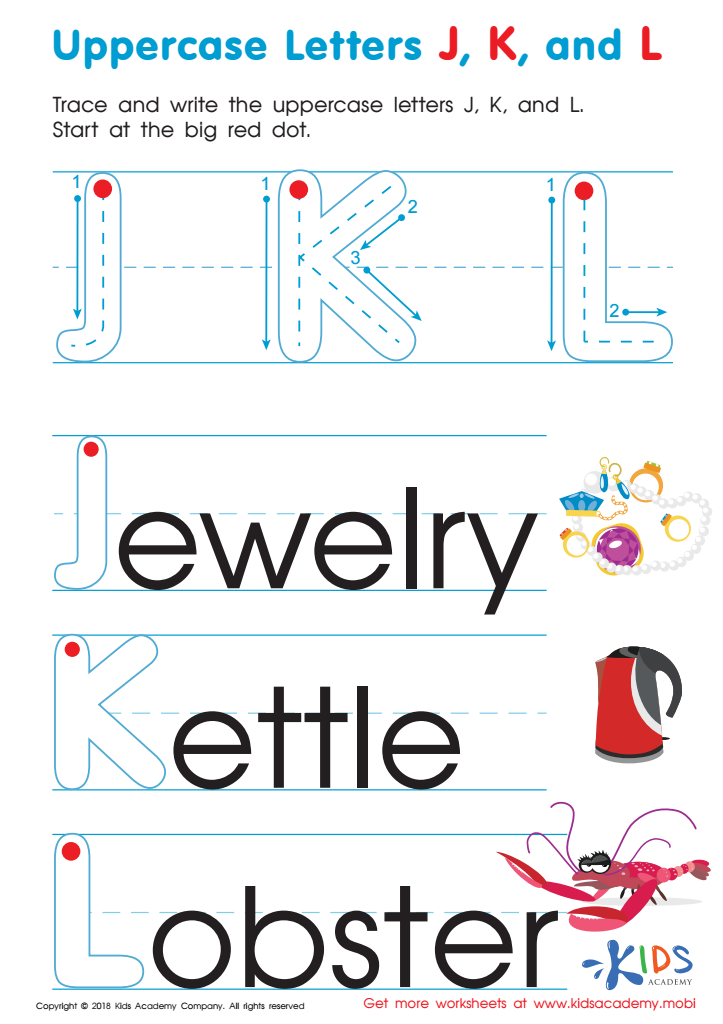

Uppercase Letters J, K, and L Worksheet
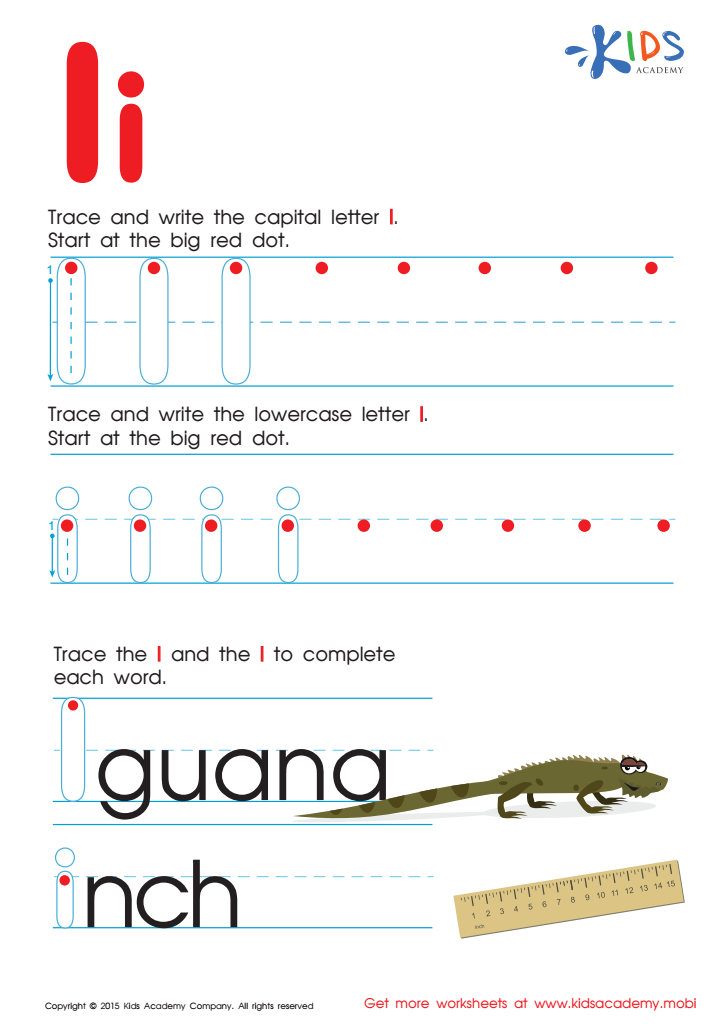

Letter I Tracing Page
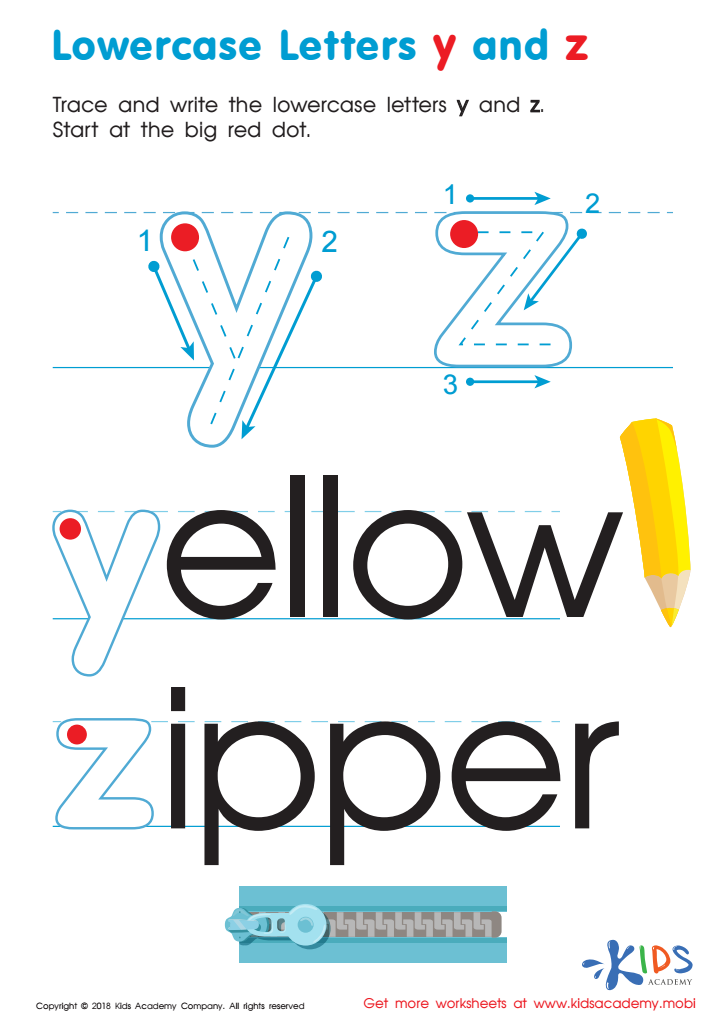

Lowercase Letters y z Worksheet
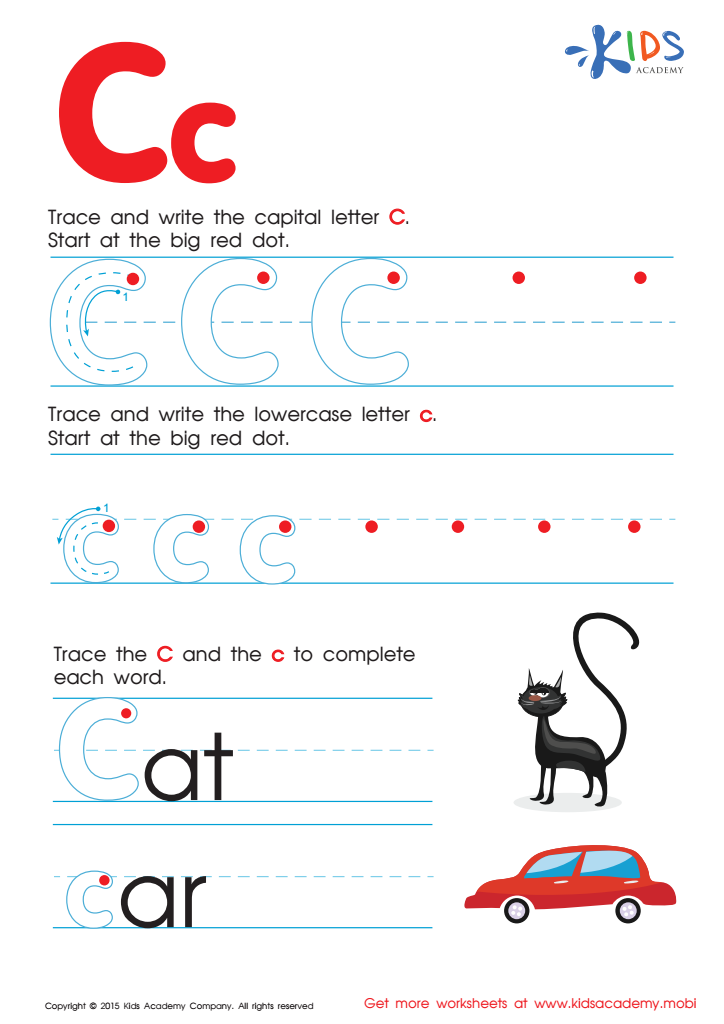

Letter C Tracing Page
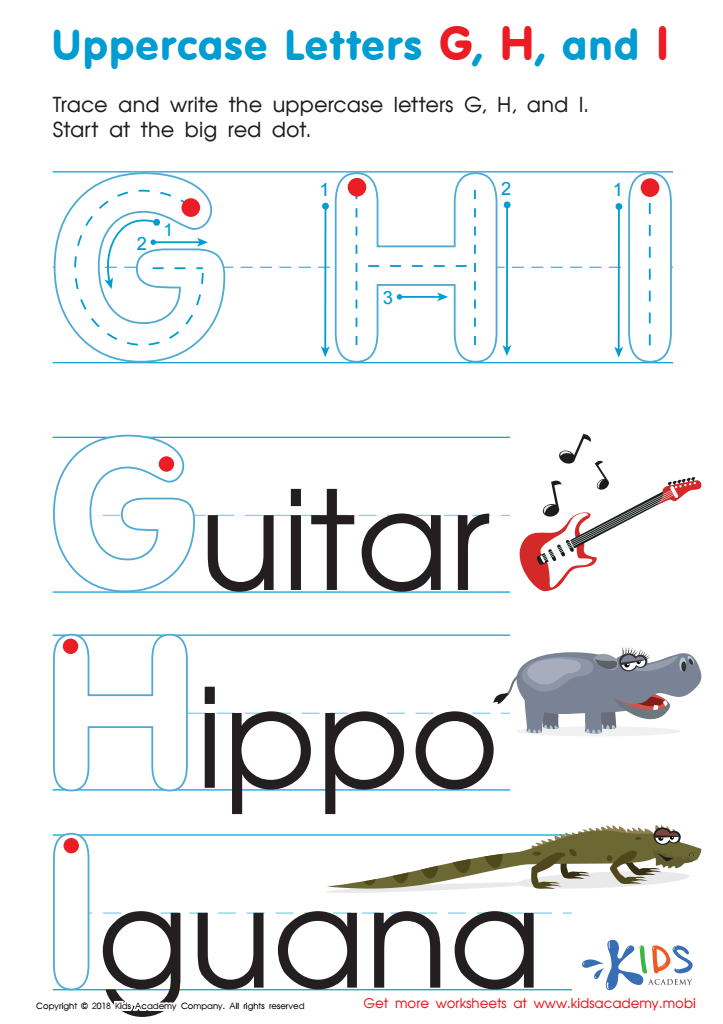

Uppercase Letters G, H, and I Worksheet


Letter G Tracing Page
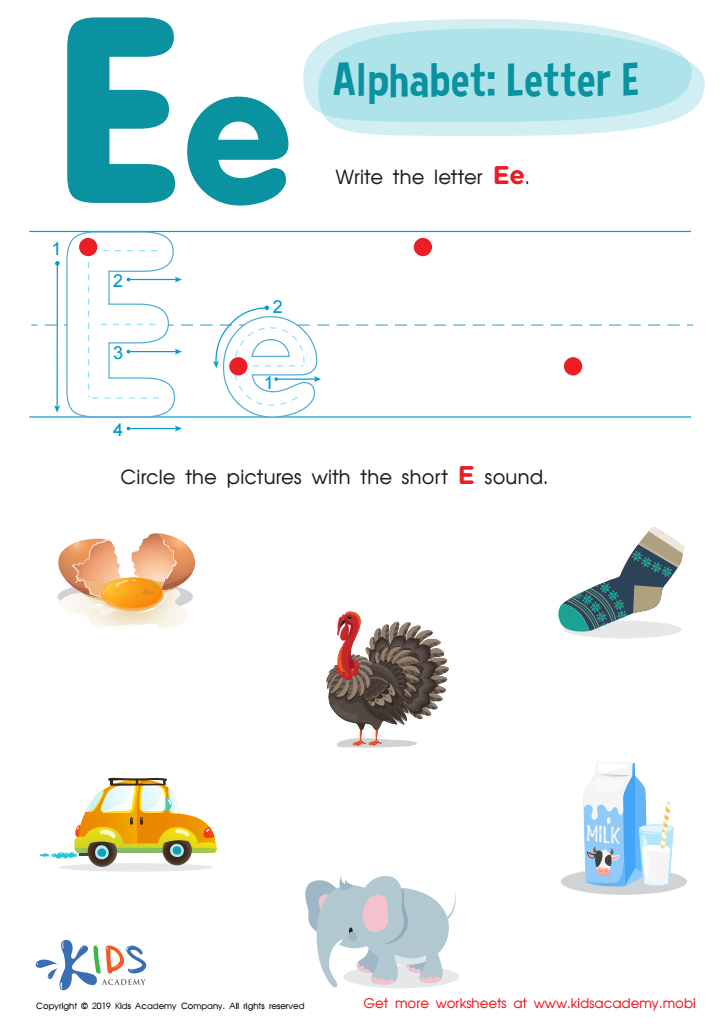

Letter E Tracing Worksheet
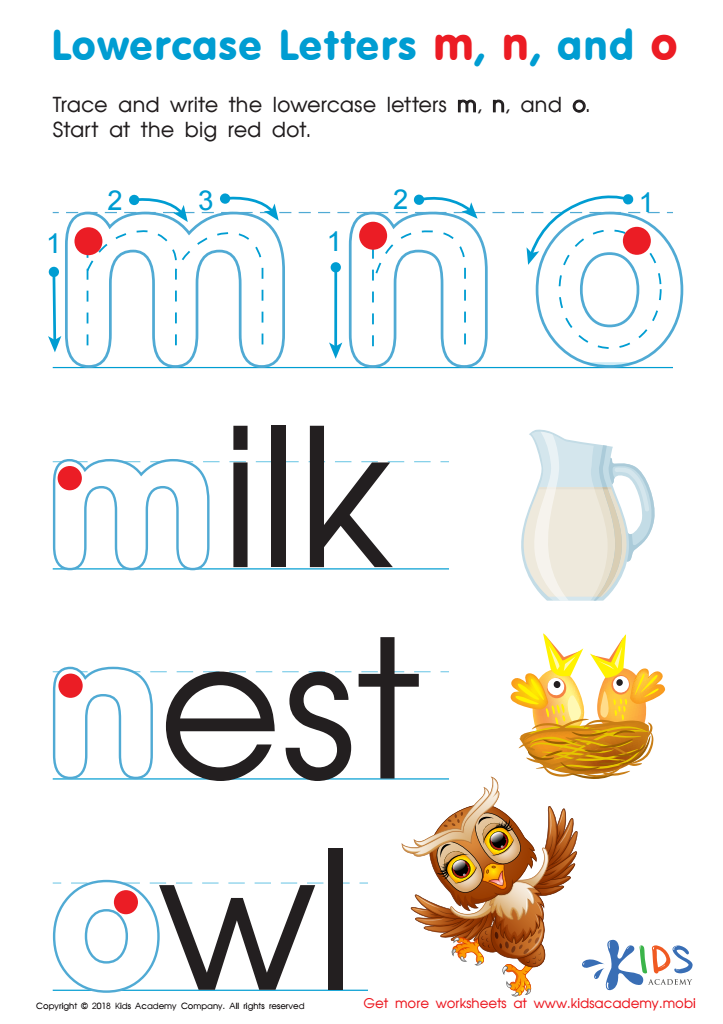

Lowercase Letters m n o Worksheet
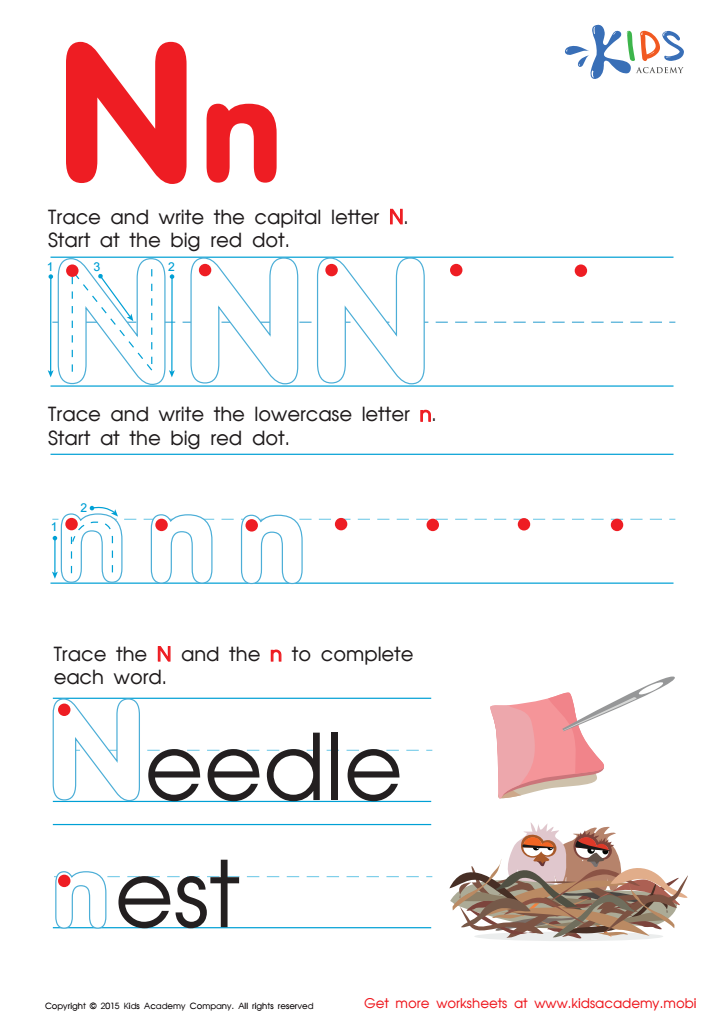

Letter N Tracing Page
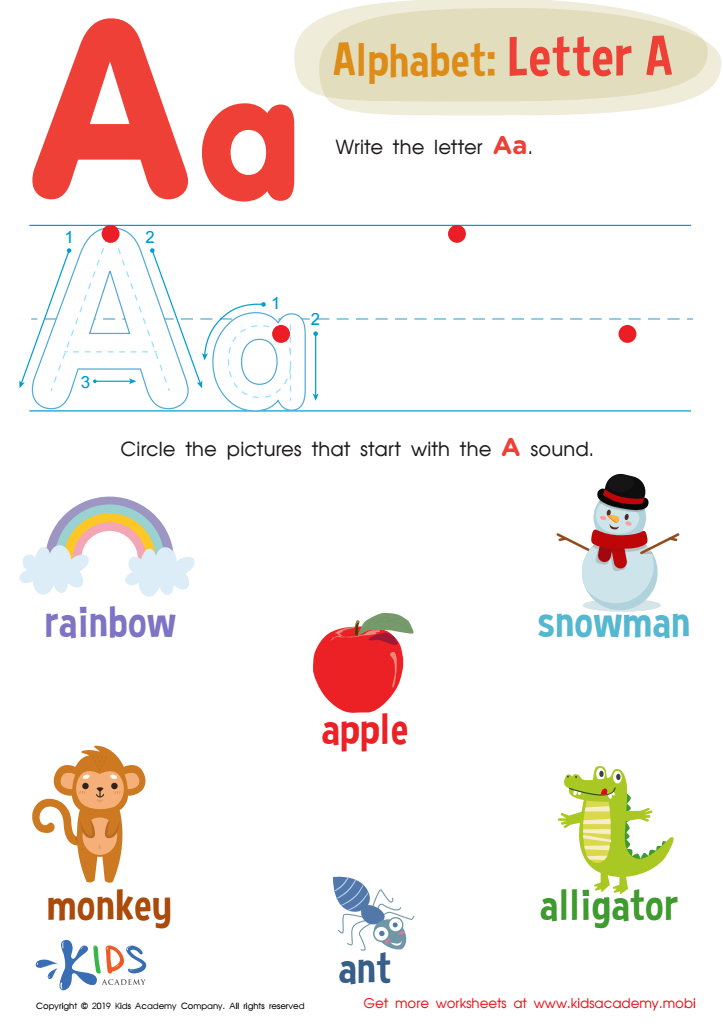

Letter A Tracing Worksheet
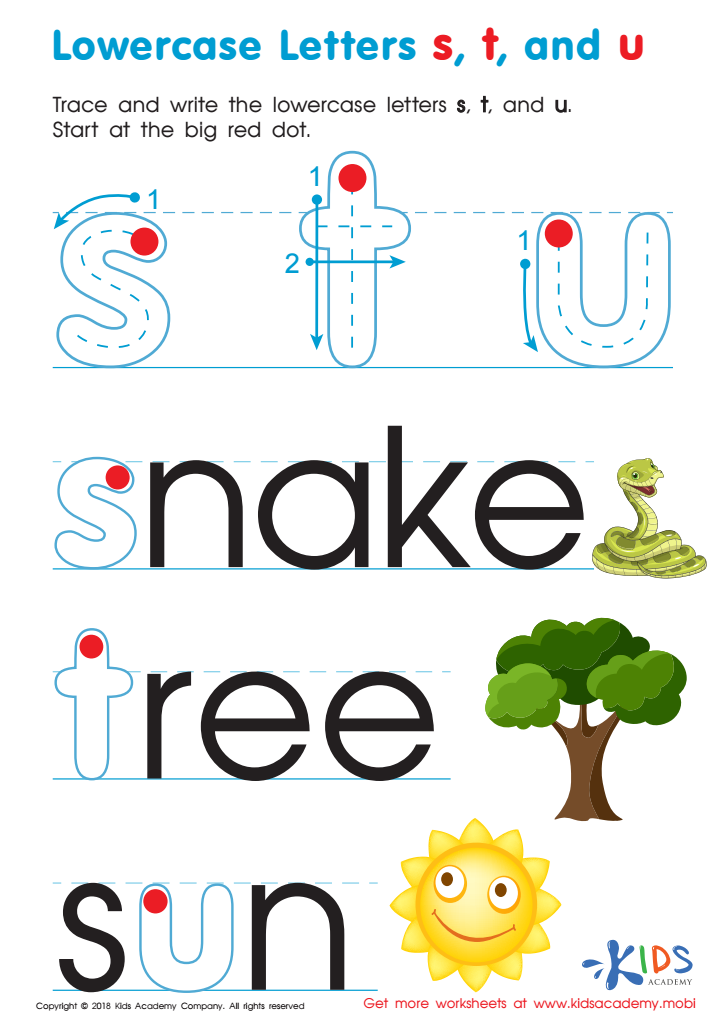

Lowercase Letters s t u Worksheet
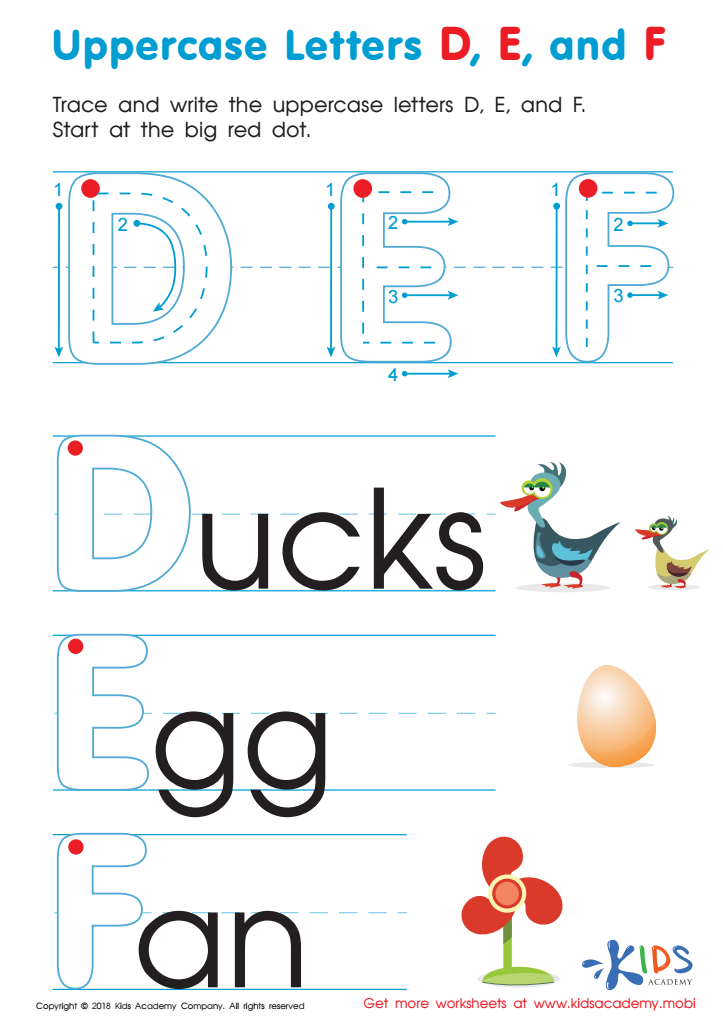

Uppercase Letters D, E, and F Worksheet
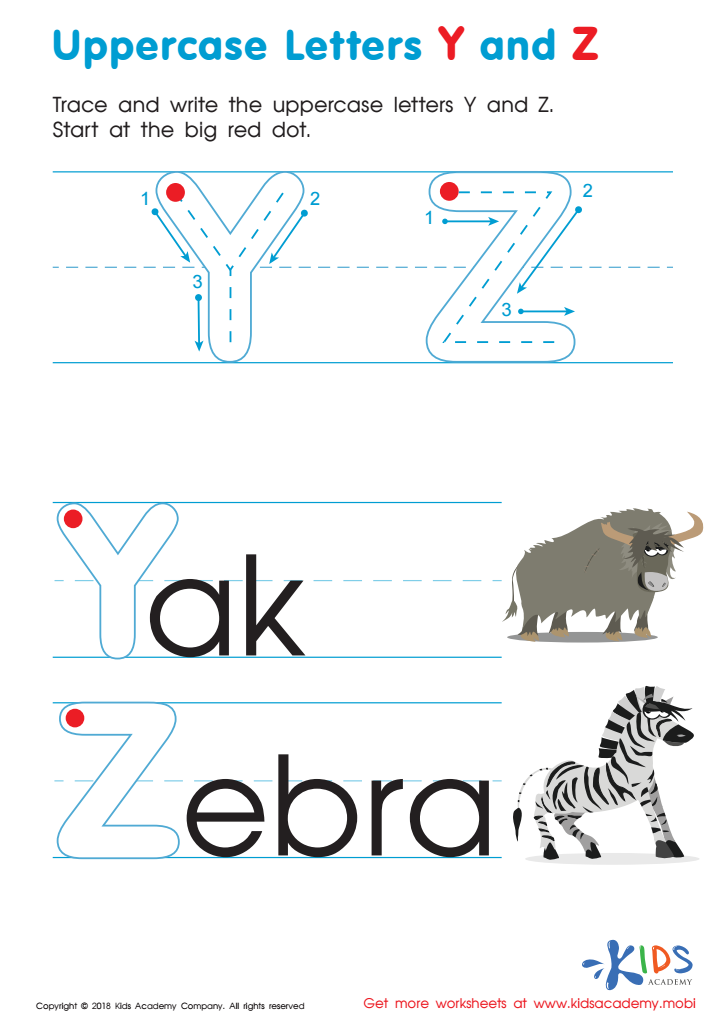

Uppercase Letters Y Z Worksheet
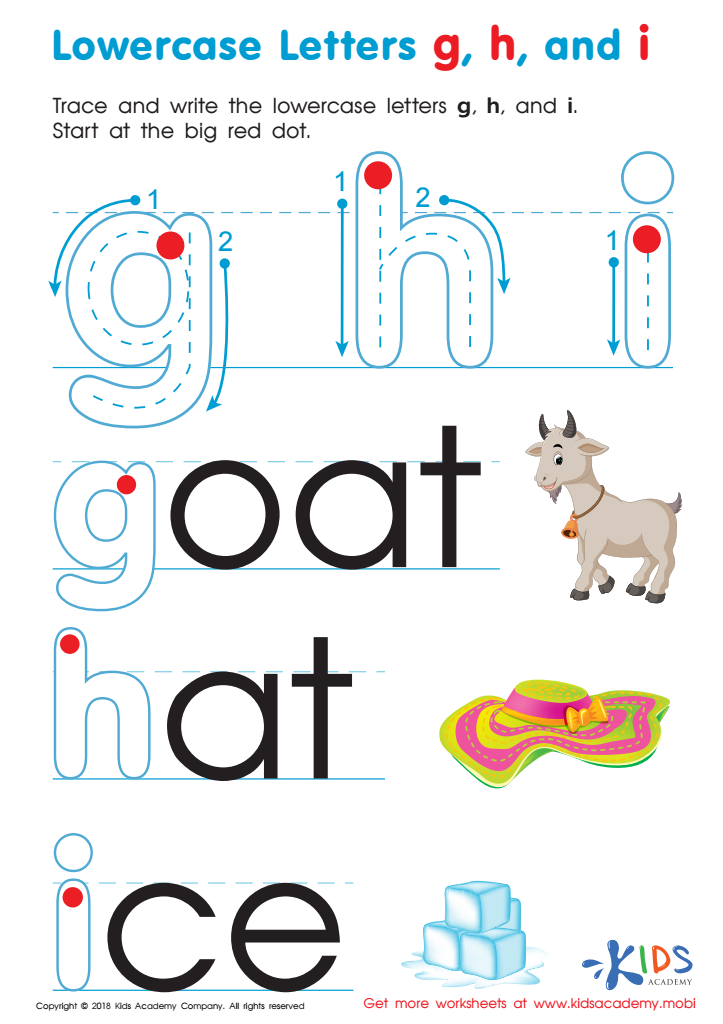

Lowercase Letters g h i Worksheet
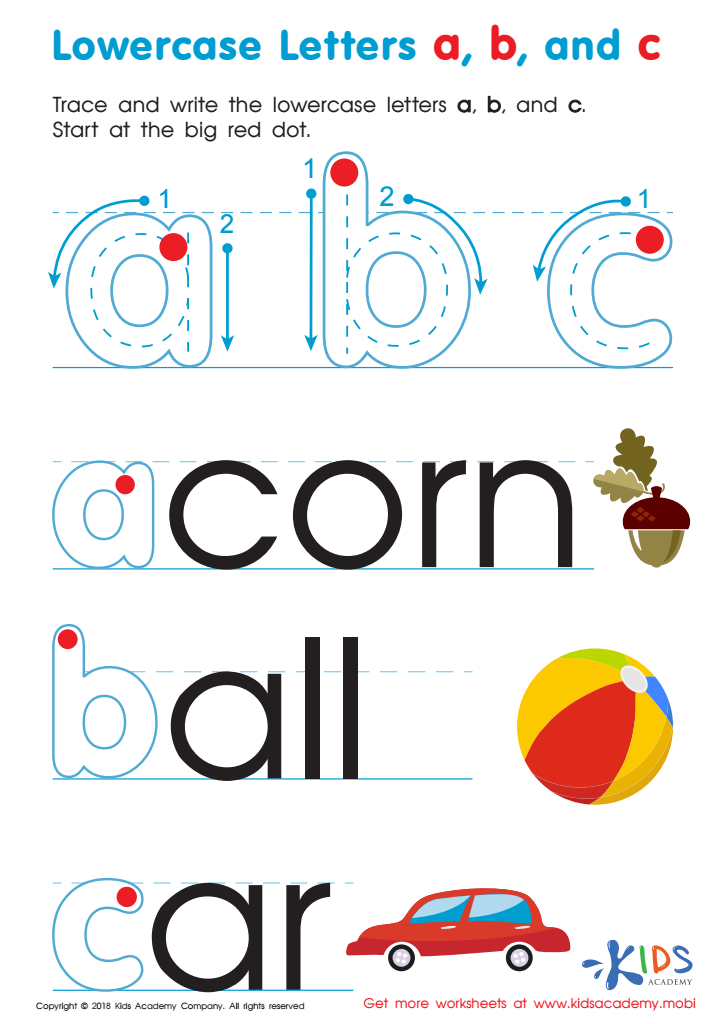

Lowercase Letters a b c Worksheet
Handwriting practice, particularly for ages 3-7, plays a crucial role in children's cognitive and motor development. These formative years are essential for establishing fine motor skills and eye-hand coordination, both of which are developed through handwriting practice. The act of tracing letters helps children grasp the correct form and proportion of each letter, embedded within muscle memory through repetition.
Moreover, the process of forming letters aids in cognitive development. It reinforces learning and recognition of the alphabet, establishing a strong foundation for literacy. Reading and writing are interconnected; children who practice handwriting are better able to recognize letters and understand their respective sounds and structures.
For teachers and parents, encouraging regular handwriting practice is vital for a child's self-confidence and academic success. It promotes a sense of accomplishment and boosts their academic engagement. Neat handwriting ensures children can communicate their thoughts effectively and is often correlated with better performance across other subjects. In a digital world, handwriting practice counterbalances the overuse of screens, fostering patience, focus, and a hands-on connection with learning.
Thus, invested support for handwriting practice ensures balanced intellectual and motor development, setting young learners on a path to effective communication and enriched educational experiences.
 Assign to My Students
Assign to My Students














